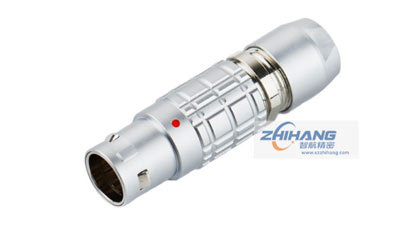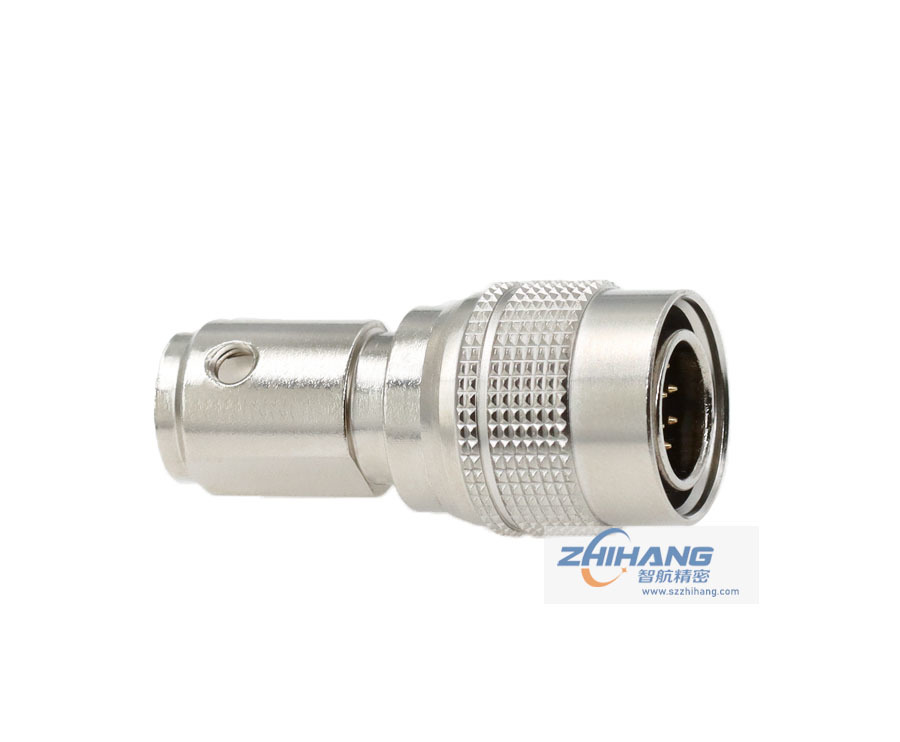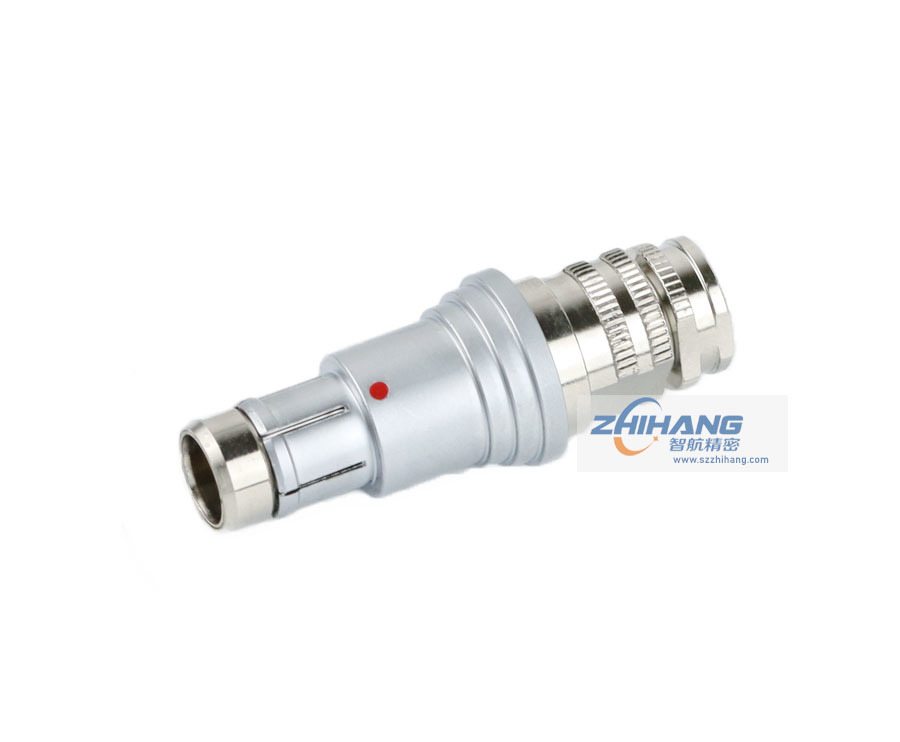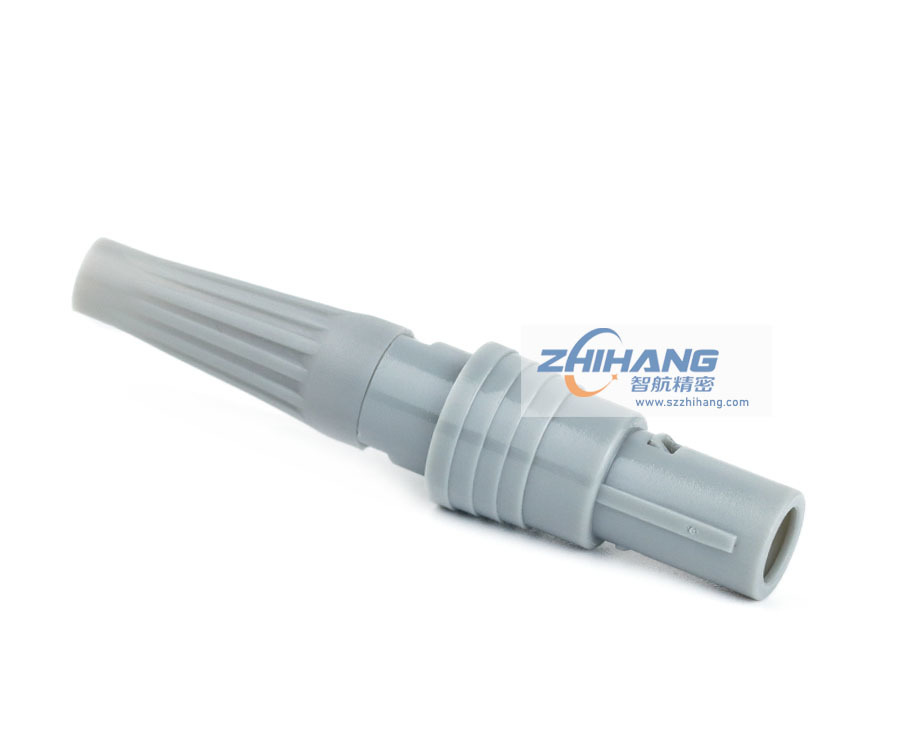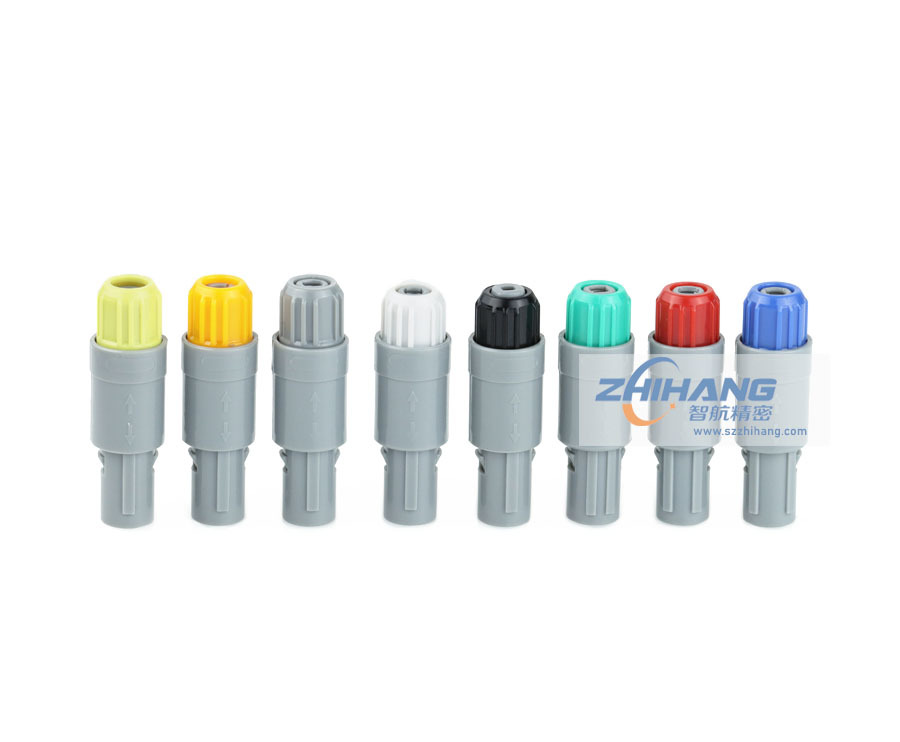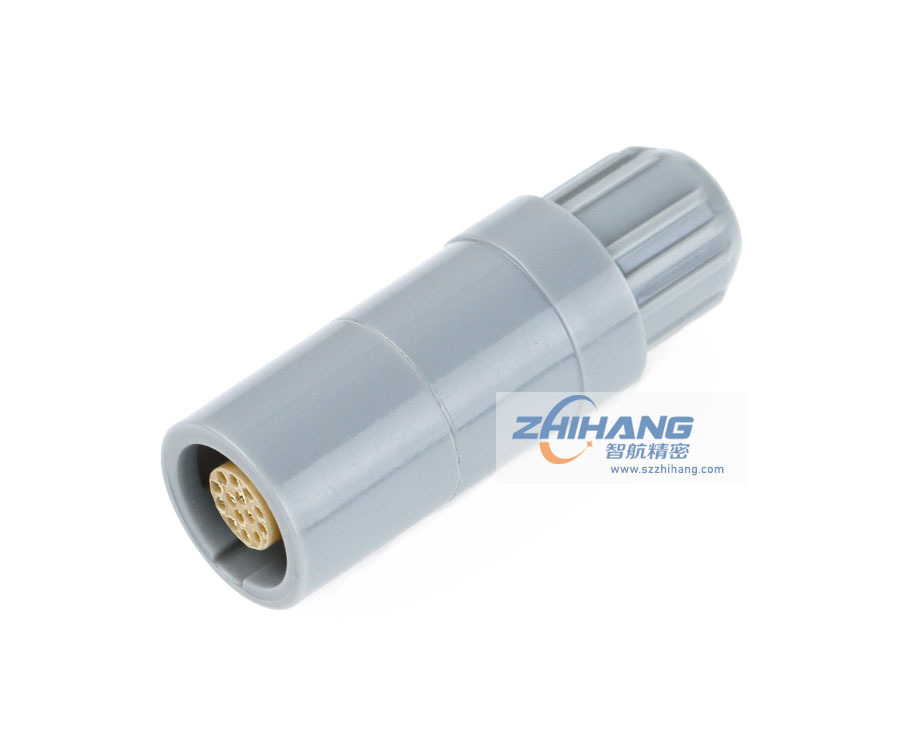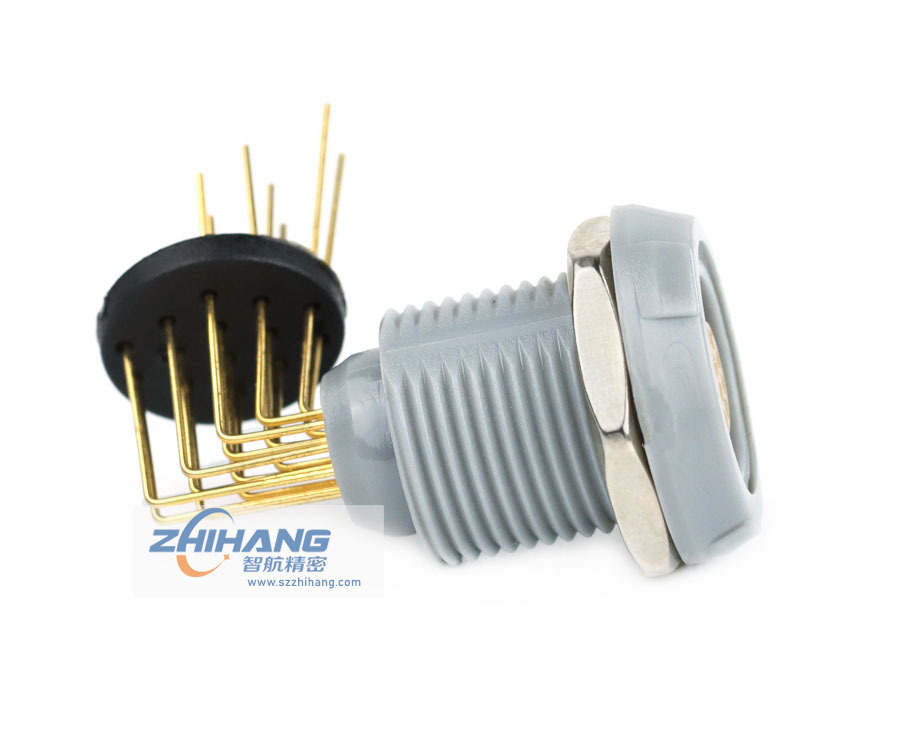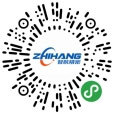The development prospects of the core technology of the connector industry
Categories: News
Author:
Origin:
Time of issue:2021-02-26
Thousands of standard and application-specific connectors are used in imaginable electrical and electronic equipment. Although not as popular as resistors and capacitors, billions of connectors are used to connect circuits and packages every year. , Brackets, cables and systems.
The main function of the connector is to provide a separable electromechanical connection: package to board, board to board, subsystem to system, device I/O, cable assembly, connector can be used to update or maintain products, connect systems and Peripheral devices, such as local area networks, are used as interfaces for communications, buildings, cities, etc. Connector terminals include copper alloy materials: brass, bronze, beryllium copper, and fiber optic materials: used for signal, power, testing, burn-in, production equipment, and networks.
Inside the device, connectors and sockets do not cooperate frequently, and are mainly used to connect subsystems when the device is assembled. This application feature (not often plugged in-the interface is susceptible to corrosion) and the requirements of high compatibility and long-term reliable connection are a challenge to the design of the internal connector of the device. However, IO connectors require both high plug life and ease of mating, which is also the challenging aspect of connector design.
Applications have unique electrical, mechanical, and environmental performance requirements for many connectors. This application includes a variety of advanced and high-end computers, communication equipment, special vehicles, washing machines, high-definition televisions, and digital cameras. , Mobile phones, traffic lights, vending machines, Apple iPOD, etc. Their connectors and wiring plugs range from simple wire terminals to sharp backplane connectors and value-added connection components.
For large-volume connectors with common standards, such as USB and RJ45, standards have played an increasingly important role and have a wider influence, expanding the market and application fields of these standard connectors. Their availability, penetration of application areas, and cost advantages further consolidate their status as standards.
The main content of the connector design:
. Connector terminal---size, shape, spacing, metallurgy, contact physics, failure mode.
. Electroplating materials, electroplating process, electroplating characteristics.
. Connector plastic materials, such as injection molding, insert molding,
. Mechanical performance and electrical performance simulation analysis, such as HFSS, Solidworks simulation.
. Termination technology, such as IDC, crimp, and terminal block.
. Packaging and board technology.
There are many manufacturers of connectors, and the M&A trend in the connector industry is in the ascendant, so that the world's top ten manufacturers occupy half of the global market. New connector manufacturers are constantly appearing in Asia, so many people feel that the connector industry is still too fragmented. According to evaluation, there are no less than 500 connector manufacturers above a certain scale. Some manufacturers only supply connectors to local customers, while others are suppliers of brand companies. In recent years, connector manufacturers’ investment in the production of parts has not increased rapidly, because outside suppliers such as stamping, injection molding and electroplating are not Hard to find.
Large multinational connector groups have great advantages in the global market, because they have a global supply chain and can meet the large-volume supply of multinational corporations. They are the leader in the connector industry. These companies include Tyco Electronics, Mohs, Delphi, Amphenol, FCI, Foxconn, Hirose, Japan Avionics, JST, Yamaichi, etc. Their product line is very rich, and they also produce customized products in various special fields.
Key technology development trends
The traditional connector design is limited by physical space, and the terminals will fail due to mechanical stress, repeated insertion and removal, and current overload. Connectors are components of many different plastic parts and metal parts. Except for industry standards, they should not be restricted by size or shape. The following technologies replace or enhance the functions of connectors: solder ball connections, hard wiring, cable assemblies, IC serialization, and signal conditioning.
The application of connectors will also shift to higher-level packaging, such as switching from chip packaging to motherboard packaging to meet the requirements of a single IC (IC package level) three-dimensional system-in-package. These factors will have a revolutionary impact on the development of the connector industry --- the development of higher-density chips, the cooperation of system packaging and connector selection; the size and shape of the connector jump to the next stage.
Key points:
. Semiconductor technology continues to expand or eliminate the application areas of connectors.
. The connector performance affected by semiconductor technology includes transmission speed, terminal density, heat dissipation performance, wireless requirements…
. The connector industry is more adaptable to environmental standards (such as RoHS/WEEE).
. Technology trends include smaller connector terminal sizes and connector signal integrity at higher frequencies.
. Further development of materials and process technology.
. The emergence of nanotechnology has brought breakthroughs in material technology.
If PCB and electronic packaging enter the "micron" field, the terminal of the connector will enter the 0.1mm era, and there will be new breakthroughs in connector fine processing equipment and technology.
Connector design material technology (metal alloy, electroplating) and improvements in electronic and mechanical design have made connector design more dependent on cutting-edge CAE (such as finite element analysis/FEA/simulation analysis) technology. In addition, the serial interface technology solves the transmission speed and bandwidth problems of the copper connector.
From a technical point of view, optical fiber connectors are more suitable for high-speed, low-loss, and noise-free requirements in communications, high-performance computers, networks and special applications. However, a prominent problem of optical fiber is the branching and diffusion of signals at the connection. In this regard, copper connectors are increasingly sophisticated. But in general, the rapid development of optical fiber technology is undoubtedly the mainstream of the electronics industry. For example, semiconductors are moving towards the integration of optical fiber technology. The problems to be solved are: loss, transmission delay and high cost.
Wireless technologies (Wifi, WiMax) are replacing connectors and cable assemblies in certain areas of personal computers/LANs and mobile phones (handset), and more connectors may be affected in the future. But in this field, more power supplies use USB connectors, expanding the USB market.
Connector production technology. In developing countries, flexible manual production lines have replaced automatic production lines, and these manual production lines will gradually be updated to automatic lines using current technology. Developed countries improve the flexibility of automatic production lines through high technology, specialization, and horizontal market expansion, thereby enhancing their competitiveness. Through the globalization of production, developing countries have become indispensable production bases for low-priced, high-volume electronic product parts and assembly. At the same time, these manufacturing bases have also cultivated a large number of labors with strong hands-on ability. In addition, the education system of developing countries will also help to further improve the skills of these labors (maybe the ability to innovate is still lacking), for the production of high-tech products in the future. Lay the foundation.
To adapt to this new trend of connector manufacturing, the key is:
. To meet cost targets and regional market requirements, adjust the structure of the global supply chain.
. Able to respond quickly to the supply chain needs of major brand companies and foundries.
. The new automated production strategy must have an impact on cheap production methods.
. Adjustment of product lines in domestic and foreign markets.
. Develop high-value and high-tech products through value-added design.
. High-tech, high-flexibility and high-return production process.
. The cheap labor and the flexibility of manual lines in developing countries can be adapted to the strategy of mass customization. In addition, the life of new products is getting shorter and shorter. Automated production in developed countries is the only way for the future manufacturing industry. .
Core technology, the connector industry contains some core technologies, which are the center of design and production. These core technologies have been accumulating, developing, and progressing:
. Metal smelting and metal forming: The trend of miniaturization and miniaturization of connectors will lead to electrochemical processing technology to enter the processing category of connector terminals. The rise of interface series technology can ease the process of miniaturization – series technology allows larger terminals and fewer terminals.
. Plating: Implementation and optimization of lead-free process.
. Contact physics: Restrict terminal design, matching force and matching sliding distance.
. Materials: Heat dissipation problems continue to appear and solutions are constantly updated.
. Assembly and packaging: manual line (mainstream --- now), automatic line (future) --- developing countries.
. Mechanical and electrical design: The ability of design tools (such as FEA) is acceptable and needs to be continuously improved in the future.
. Manufacturability and assembly design: Manufacturability suitable for global production is a difficult point.
. Global logistics and electronic transaction system: Developed in global mass manufacturers.
. Environmental protection regulations: Affect the connector industry and will not become a major obstacle.
The core technology and connector design and development mentioned above in the future include many technical details. Each connector manufacturer has its own intellectual property or core technology in terminal design and manufacturing, electroplating process, material technology, injection molding technology and assembly technology. . These technologies will continue to develop. Cost and global manufacturing are the challenges of these technologies. Each technology field will have its own "technical events".
The pressure of competition and the multi-polarization of supply resources will cause the design and development of connectors to be more pragmatic, resulting in more limited basic research on connectors. Connector manufacturers will rely more on material suppliers and work more closely with material suppliers to ensure their current global market share. The connector industry leaders and new connector manufacturers focus on the development of new market areas.
The possible major technological breakthroughs in the future are:
. Lubricants/sealing agents reduce the cost of connector plating, improve the environmental performance of the connector, and increase the life of the connector.
. Using advanced ceramics, new connector stamping technology.
. The improvement of terminal blanking technology broadens the design of the connector (such as using the knife edge of the connector as a connection interface) and the market.
. Select the improvement of plating technology.
. The electrochemical process has become the production technology of connector terminals, realizing the processing of the fine pitch of the connector.
. The integration of connector terminals and PCB technology.
. The integration of connector terminals and flexible circuit board technology.
. New injection molding technology, breakthrough insert molding technology and achieve thinner wall thickness.
. Integrate the functions of I/O connectors with wireless technology.
. Developed backplane connectors higher than 20Gbps.
. The breakthrough of chip technology in the field of optical fiber.
. The breakthrough of chip technology has resulted in the integration of the system into the chip or a higher level of packaging (system packaging), and the connector industry has undergone major adjustments.
Summary:
The connector industry technology not only involves a wide range of fields, but also requires a very professional technology, because the application of the connector is extremely wide, there are many types, the structure is different, and a variety of metal and plastic parts are used. But the specific requirements of each field are different, and the technical difficulty is also different. The more important technologies are terminal technology, electroplating technology, injection molding technology and connector design skills (increasingly rely on computer-aided design, which is an indispensable tool in the field of high-frequency signal applications).
In the connector requirements, the male and female connector requirements are relatively high: most of the applications are done manually --- the mating force, the stress, the tolerance of the mating parts (such as PCB), and the electrical performance requirements are More common problems.
The development of the connector industry has been gradual and will continue to advance gradually. Under the influence of the tide of foundry in the electronics industry, the connector industry has to continuously achieve technological breakthroughs and is also facing price pressures. The strong foundation of the connector's core technology is very important. This is a portrayal of technological development and a microcosm of future investment. Therefore, large brand companies and foundries not only consider price but also carefully weigh other factors when choosing connector suppliers. Technology is indeed very important. Many connector manufacturers are very eye-catching in their fields, and other manufacturers choose to be the strong players in the standard connector manufacturing industry.
has become an electric
Next:
Popular Products


